BMW M5: A Guide To Every Generation
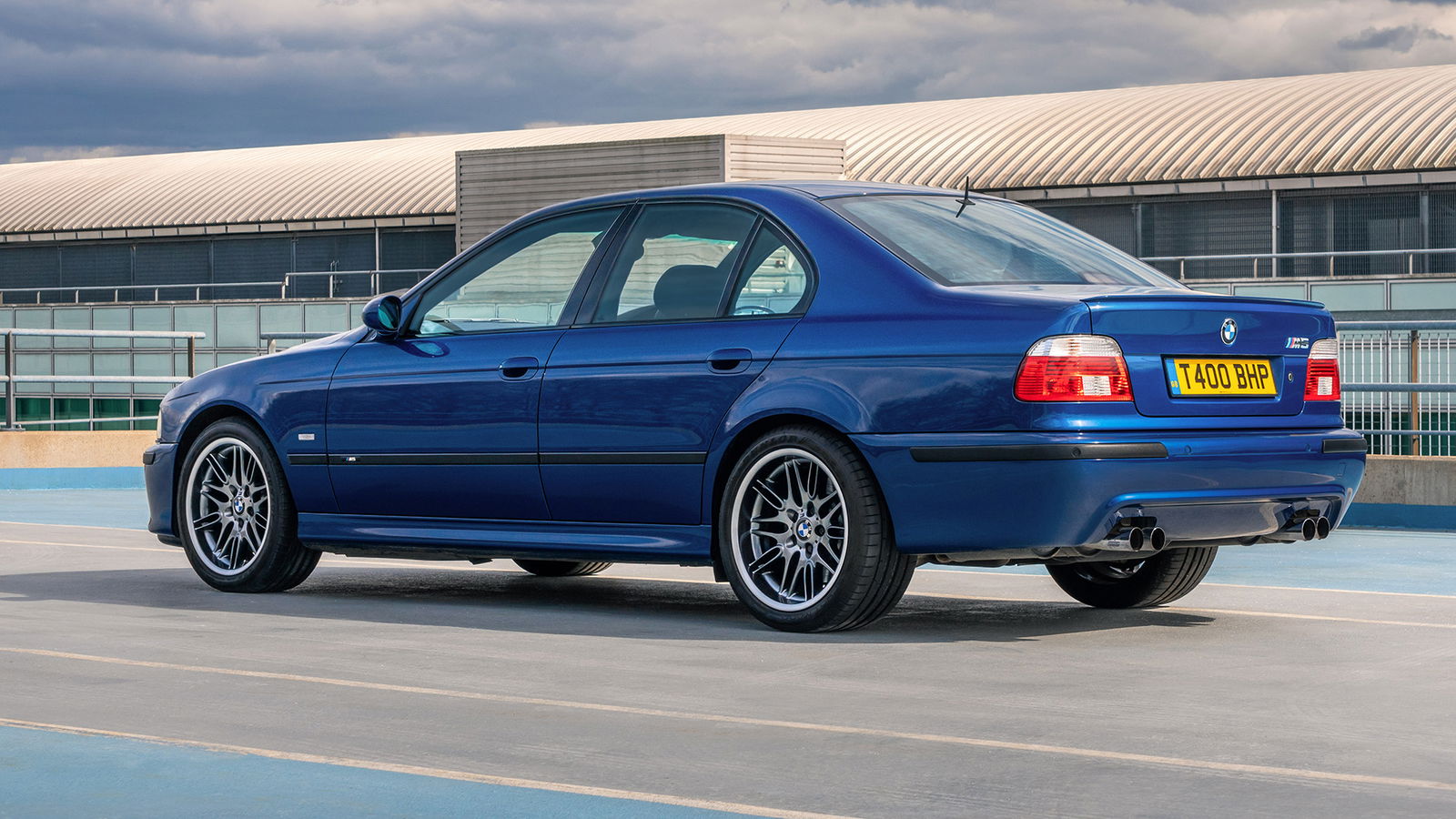
Many manufacturers have tried to best the recipe for the performance executive saloon car, but few - and arguably, none - have ever done it as well as the original, the BMW M5.
Unveiled to the world over 40 years ago as the second full-fat M-badged car, the M5 has, over seven generations, continuously moved the super saloon goalposts. From straight-sixes to V8s to V10s, it’s been part of the very core of the M range since its inception, taking the common 5 Series and injecting it with some serious power.
This is your definitive guide to every generation of M5, and what made each one brilliant.
Origins of the M5
The M5’s story starts with the 1978 BMW M1, a jaw-dropping mid-engined supercar initially designed as a joint venture with Lamborghini with the aim of taking on Porsche in sports car racing. The short version of that story is that Lamborghini went bust when the project was in its eleventh hour, and then the series the M1 had been designed for changed its rules.
The M1 became a beautiful folly, shoehorned randomly into various race series but giving us the first M road car in the process. Crucially, however, it was both the first M-badged road car and the first home for BMW’s 3.5-litre M88 straight-six engine, which would play a vital role in the early M5 story.
The other piece of the puzzle is a car that effectively laid out the M5 recipe without ever being called an M5. The 1980 E12 M535i had all the hallmarks: it took the pedestrian 5 Series saloon and fitted it with a big, powerful engine (yes, one derived from the M1’s engine, albeit with single overhead cams rather than the M1’s DOHC setup) and a host of chassis tweaks. It also came with the option of some extremely jazzy M colour stripes both inside and out.
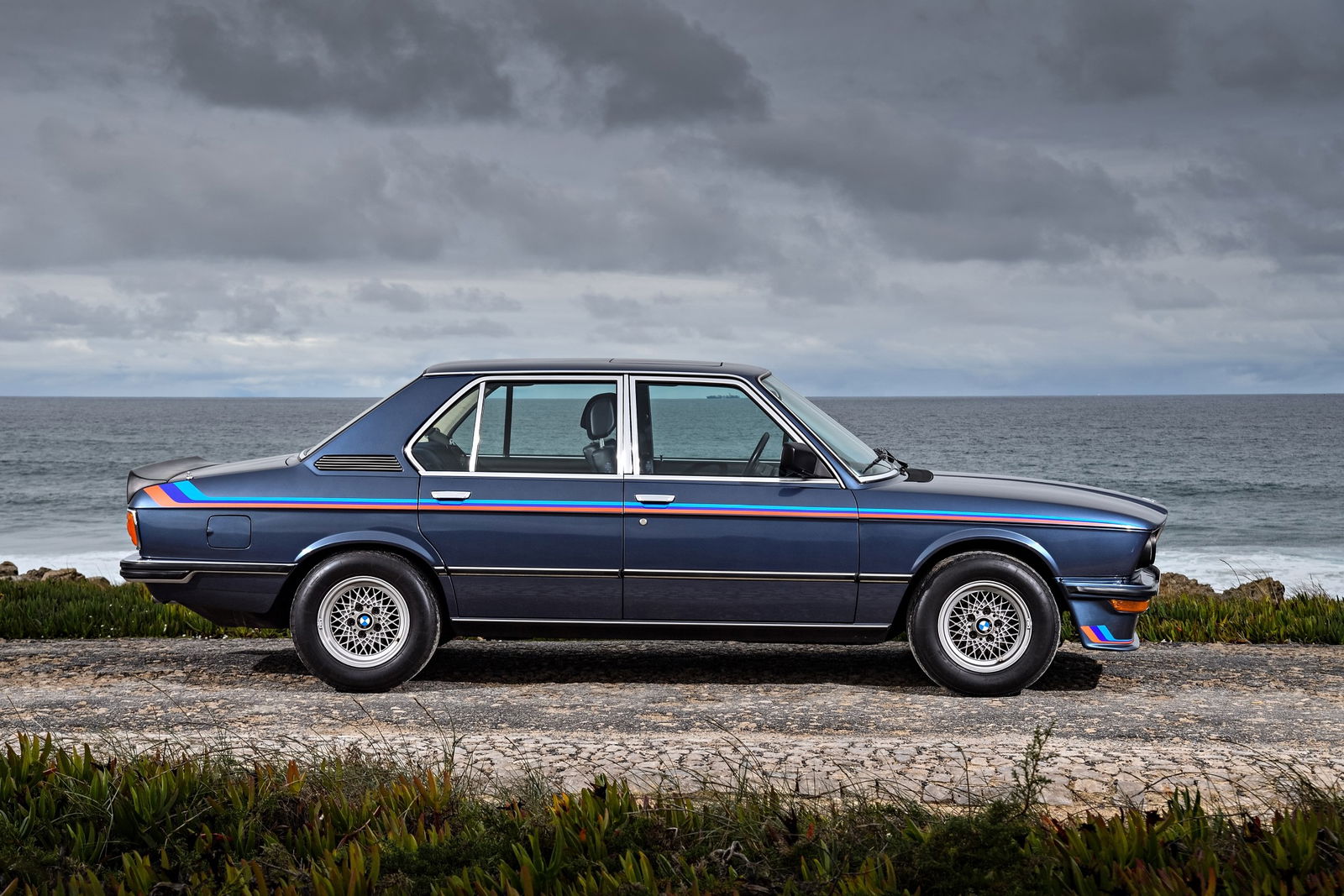
The M535i was a sort of teaser trailer for the blockbuster hit that was the first M5. Just 1,650 were made in 1980 and 1981, and it’s now a valuable classic in its own right. Most importantly, though, it laid the groundwork for one of the most important names in the business.
E28
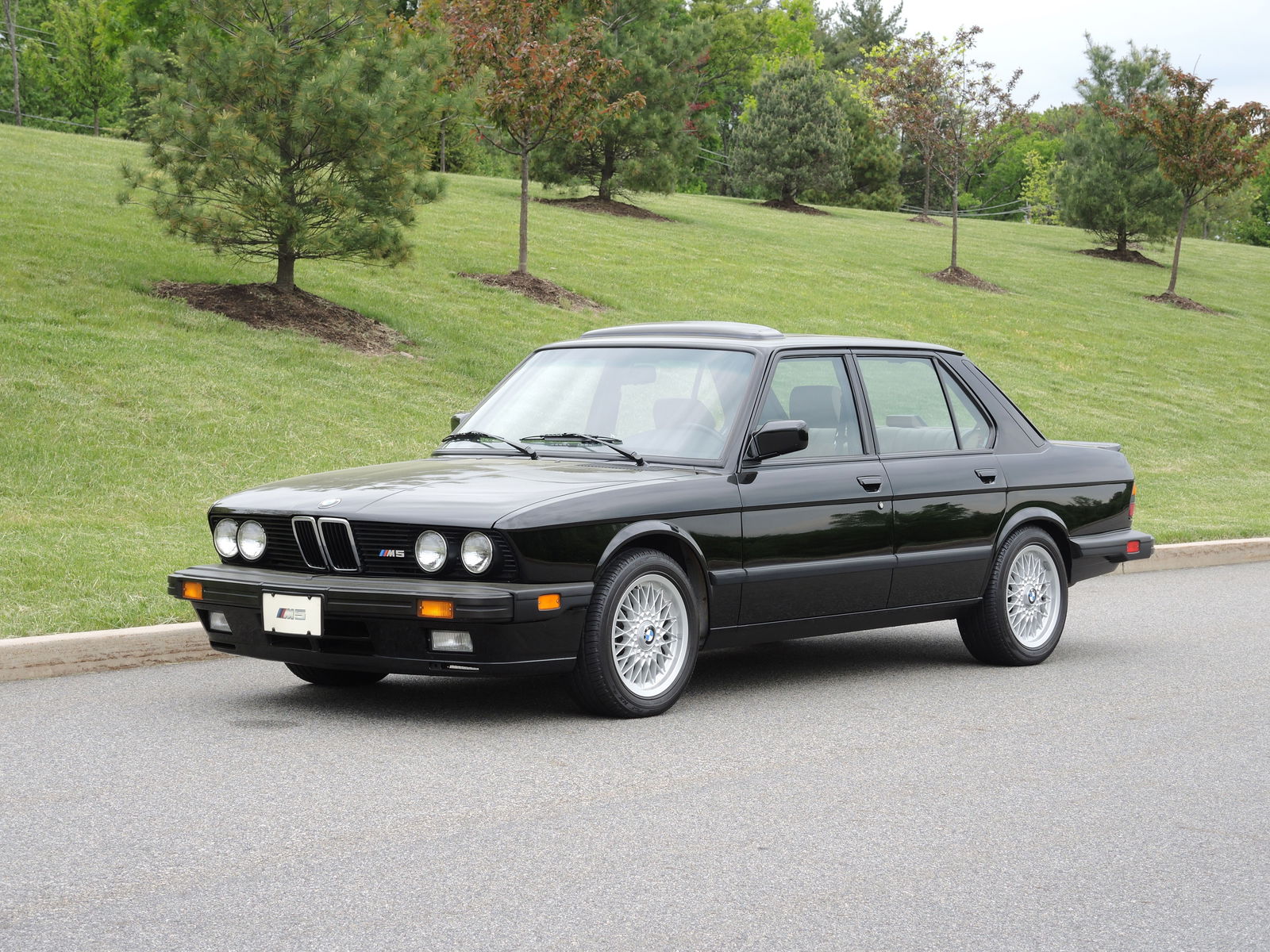
On, then, to the first real M5. Based on the second-generation, E28 5 Series, it entered production in late 1984 and was unveiled to the world in early 1985. It was an instant smash. There had been fast saloon cars before, sure, but nothing quite like this.
Where the old M535i had used a slightly watered-down, 12-valve version of the M1’s engine, the E28 M5 had the full-fat, 24-valve M88, producing 282bhp. That was enough for it to go from 0-62mph in 6.5 seconds, and on to 152mph. If you were in Europe or South Africa, that is.
Due to more stringent emissions regulations in the US, Canada and Japan (oh, how times have changed), cars in those markets came with a detuned, catalytic converter-equipped version, known as the S38, making 256bhp. All versions came exclusively with a five-speed manual.
The E28 M5 was a very specialised thing. It was only in production for four years, and just 2,241 were made, all hand-built. As a result, it’s very unusual to see them come up for sale. Until a few years ago, mint examples went for around £30k, but that’s now the rough entry point for a ratty, high-mileage car. We haven’t found a record of a low-mileage sale in a while, but we wouldn’t be surprised to see one pushing £70k or more.
There is an alternative if you want a sporty E28 and don’t mind going for an M5-lite, as the M535i continued into this generation. Decent ones can be found for around £15k.
E34
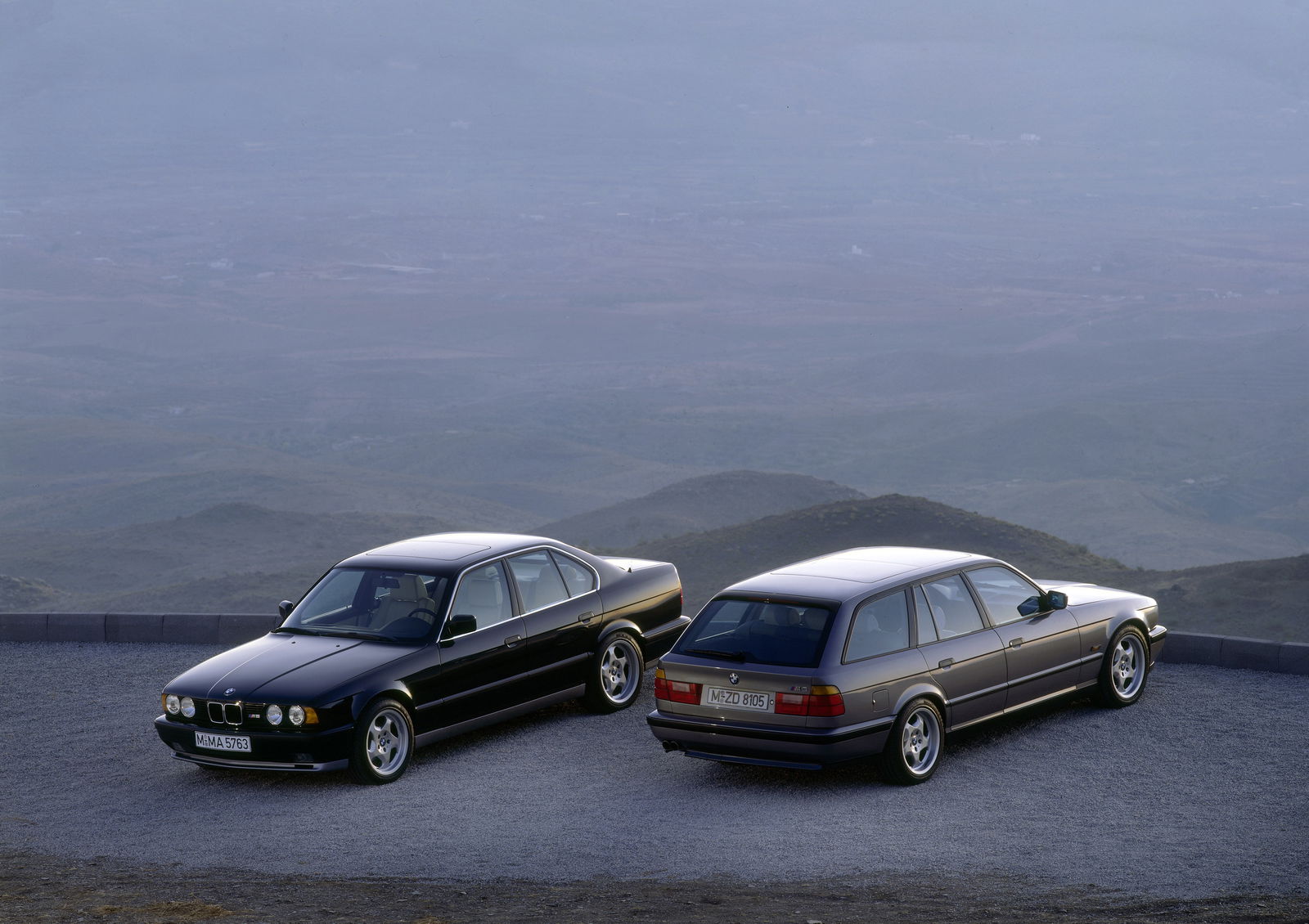
The E34 5 Series replaced the E28 in 1987, and the E34 M5 followed in 1988. It launched with an updated version of the 3.5-litre S38 engine that had powered the cat-equipped version of the previous car. That meant 311bhp, again sending power to the rear wheels through a five-speed manual. It was the first M5 to hit the magical German performance car benchmark of 155mph (get used to seeing that number).
In 1992, the E34 was given a mechanical update, with displacement increasing to 3.8 litres, and power to 335bhp. This lowered the 0-62 time to 5.9 seconds. Once again, North America lost out on that update due to emissions rules, as did South Africa. In 1994, a six-speed manual replaced the old five-speed.
1992 also saw the introduction of one of the rarest M5s of all: the E34 Touring. This was the first M-built estate car, and it put the E34’s brilliant mechanical package into a more practical body. This was the birth of the modern fast estate car, beating the Audi RS2 to production by two years. Just 891 were built, all by hand.
BMW also came close to building a convertible version (despite the fact that there’s never been a drop-top 5er of any kind), and one production-ready version was built.

The E34 lasted much longer than its predecessor and was produced up to 1995. A number of special editions were released during this time, mostly for the European market. In Britain, however, we were treated to the imaginatively-named UK Limited Edition, a run-out special that comprised the final 50 right-hand drive E34s. These were all painted in one of two BMW Individual colours - either the extremely daftly named Rosso Red Metallic, or Orinoco Metallic, which is a sort of greeny-grey. These cars also came with lashings of wood in the interior and a number of options specced as standard.
Overall, 11,363 E34 M5s were built. Expect to pay from around £15k for a decent-condition, right-hand drive UK car, rising to somewhere around £40k for mint ones. If you want a Touring, then a) you’ll have to deal with it being left-hand drive and b) prepare to pay at least £30k.
E39

The third M5 saw the first real change in its recipe. For a start, there was a gap of three years between the E34 bowing out and the E39 stepping in, which it did in 1998. The big news, however, was that the straight-six was gone. In its place was the S62, a 4.9-litre, 32-valve, naturally-aspirated V8.
That engine, equipped with double VANOS variable valve timing, made 395bhp and 369 lb ft of torque. 0-62 took 5.3 seconds, and the top speed was once again an electronically limited 155mph. For the final time, the M5 was manual-only, this time a six-speed from day one. This was also the final time a manual would be available at all in most markets.
No special editions to report this time, and no major mechanical changes either. Late 2000 brought a facelift to the whole 5 Series range, which introduced the now-famous E39 ‘Angel Eyes’ headlights.
The E39 went back to being saloon-only, but BMW did consider a Touring, and at least one engineering hack was built before it decided against it. Shame.
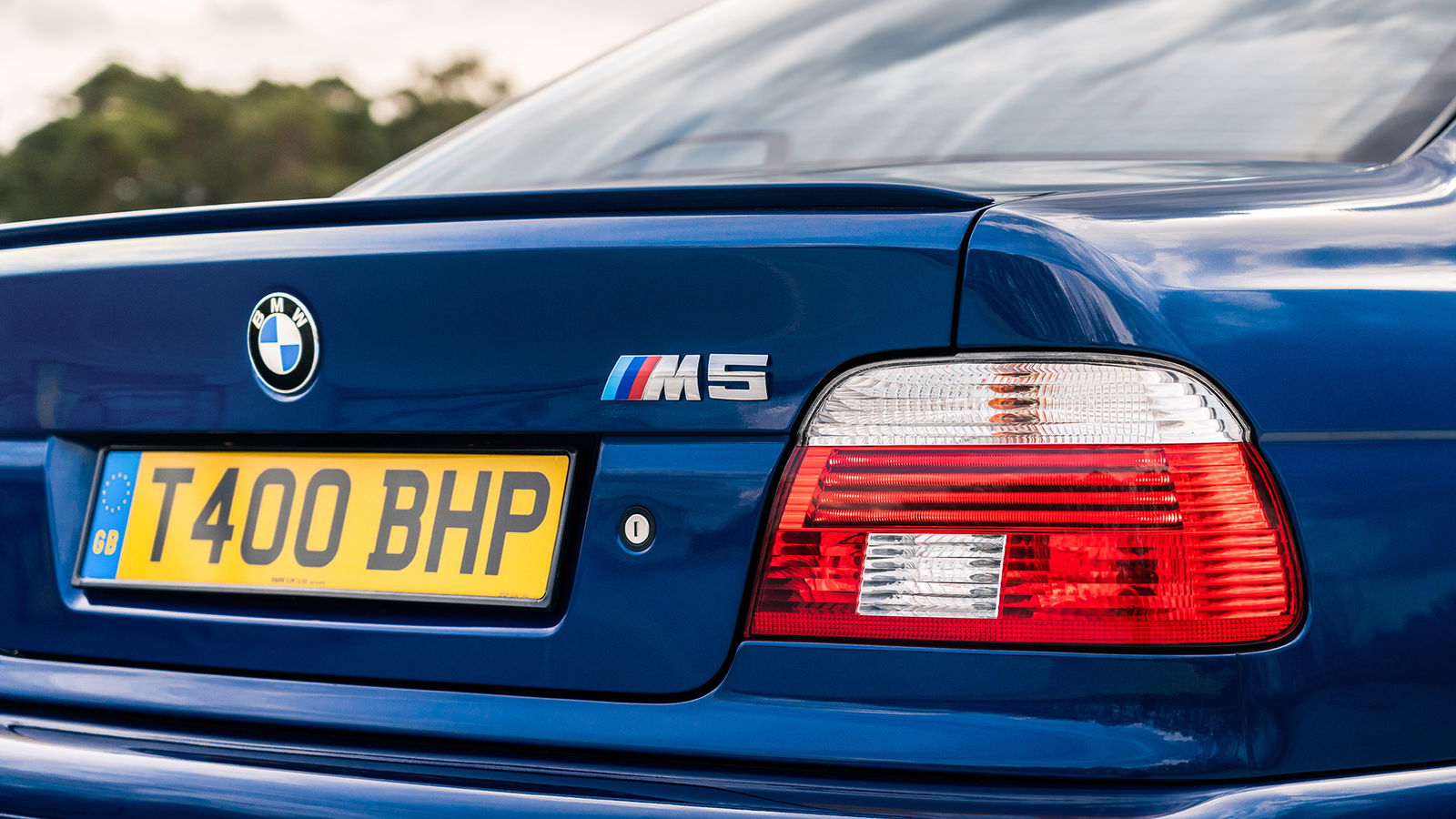
Other than that, the E39 M5 trundled steadily along for its five-year production run until 2003, being generally brilliant.
Seriously, this was a fantastic car - brilliantly balanced rear-drive chassis, wonderfully sonorous V8, manual gearbox, all wrapped in one of the best-looking saloon bodies of all time. It’s little wonder it’s already become a certified modern classic, and as a result, you’ll struggle to find one for less than £15k, despite the fact that around 20,000 were built. Again, budget around £40k for a really nice one.
E60/E61
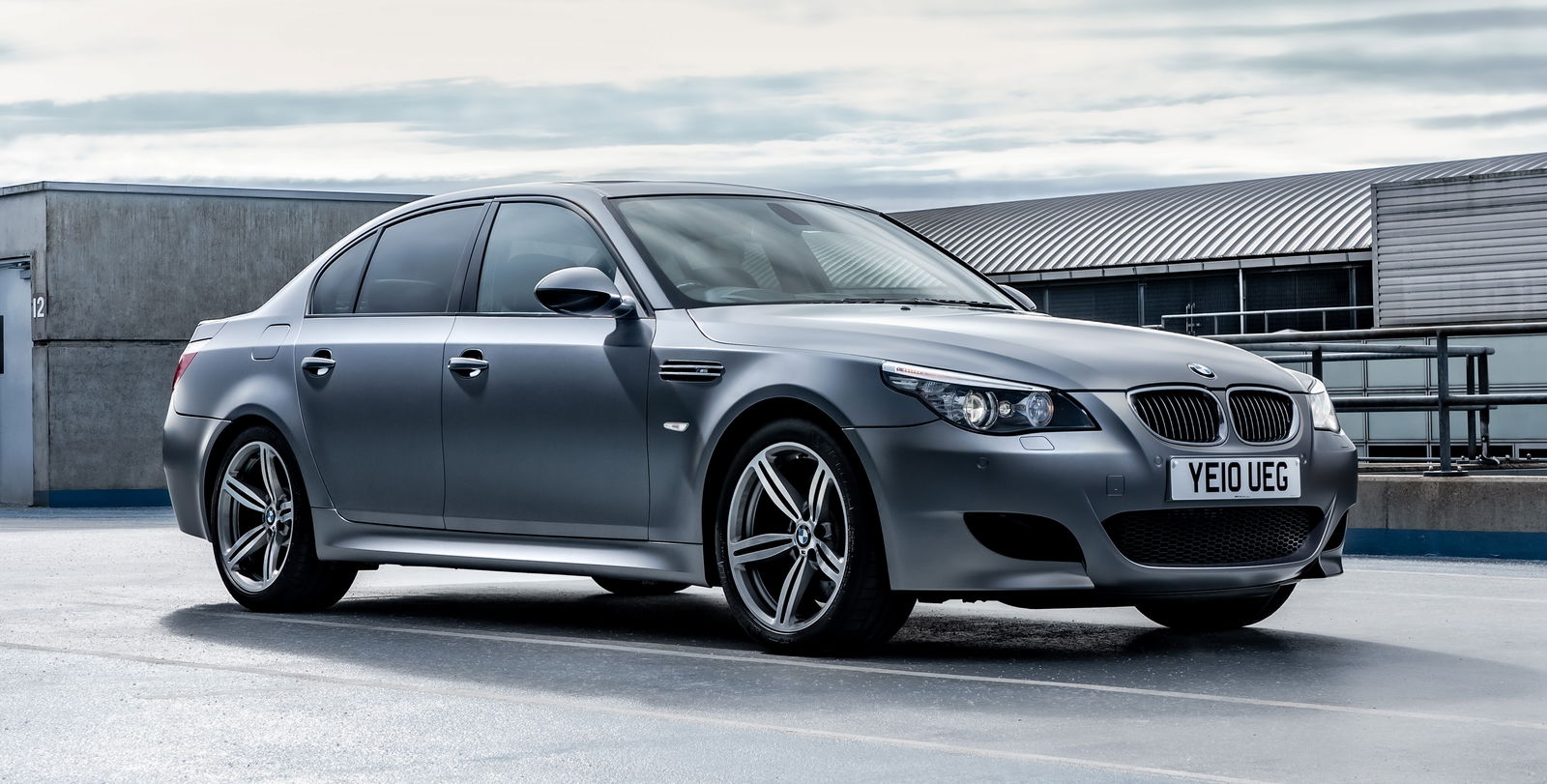
The shift from E39 to E60 M5 was easily the biggest the model had undergone at that stage. For a start, this was the beginning of the first era of really controversial BMW design, with the infamous ‘flame surfacing’ design language introduced by Chris Bangle creeping across the range. It caused a bit of a stir at the time, but to our eyes, most BMWs of this period have aged pretty well, especially next to the current range’s, erm, distinctiveness.
The M5 itself, though, became a whole different beast. This was an era when major car manufacturers were willing and able to take risks, developing highly specialised drivetrains for relatively niche products. And boy, did BMW deliver something special for the E60: a naturally aspirated 5.0-litre V10, codenamed S85. It made a nice round 500bhp and revved to over 8000rpm. Most manufacturers at the time would have saved a drivetrain like this for a pointy, mid-engined supercar, but BMW dropped it in what was still, at its heart, a mid-size executive car (and its two-door M6 counterpart).
This engine was hooked up to another M5 first, a seven-speed SMG semi-automatic gearbox. 0-62 now took 4.7 seconds, and while top speed was again limited to 155mph, cars with their speed limiters removed have been known to nudge 200. The E60 was also the first proper tech-fest M5, with an early version of BMW’s iDrive system and M-specific options like the ability to choose two power outputs and - count ‘em - 11 gearshift ferocity settings.

The E60 was produced between 2004 and 2010, with about 20,500 built in total. In 2006, North America gained the exclusive, zero-cost option of a traditional six-speed manual gearbox. Before you get too jealous/smug (depending on your location), though, Europe was the only market to get the second-ever M5 Touring; once again a rare beast with only 1025 built, 222 of them right-hand drive. Tourings carried the E61 chassis code rather than E60. The mutually exclusive markets of these two rare options mean no manual Tourings exist – not from the factory, anyway.
In 2009, to celebrate the M5’s 25th anniversary, BMW produced a one-off prototype M5 CSL, borrowing a badge previously applied to the 3.0 CSL and E46 M3 CSL. The V10 was bored and stroked to 5.5 litres, which supposedly took power to around 630bhp, with the rev limit raised to 8750rpm. Which probably sounded quite special. Around 150kg was shed with a carbon roof, the ditching of the rear seats and lightweight Recaro buckets up front. Notably, the SMG gearbox was replaced with the seven-speed dual-clutch unit from the then-new E92 M3. While the M5 CSL never made production, it was given a workout on the Nürburgring, where it managed a 7:50 lap time.
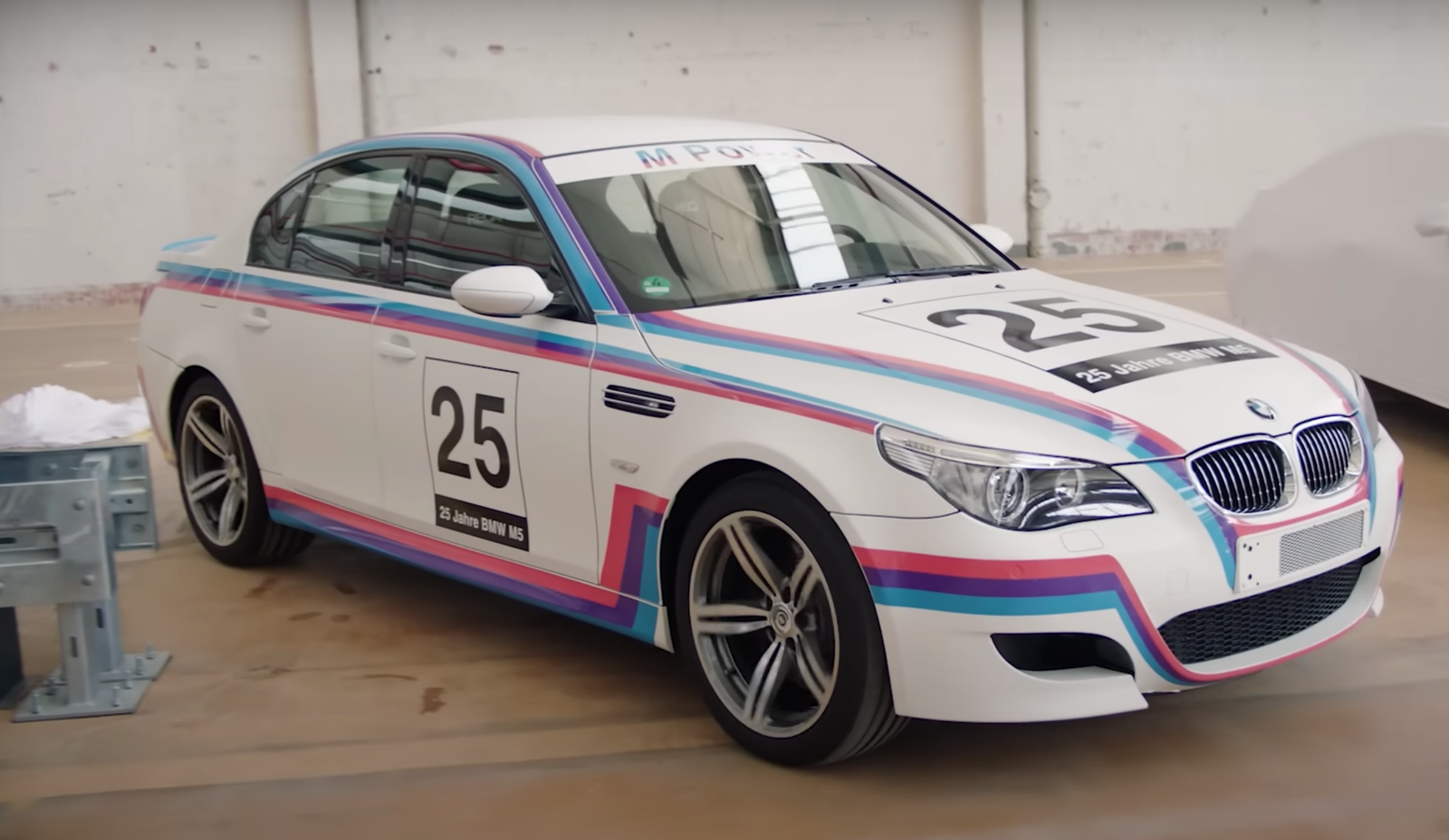
These days, the E60 is primarily remembered for its incredible powerplant and for being a little on the troublesome side, with an array of common engine and gearbox issues. Thanks to their fragility and high maintenance costs, you can currently pick up your very own V10 super saloon for around £15k - just don’t go in at that price point expecting a relaxing ownership experience. Well-looked-after, low-mileage examples are now up around £30k. If you can track down a rare Touring version, expect to pay somewhere between £5-10k more than an equivalent condition saloon.
F10

The V10 M5 could only have been a product of the mid-2000s, and when the time came to replace it, downsizing was inevitable. Sure enough, when the F10 M5 came around in 2011, it once again had a V8, this time BMW’s then-new 4.4-litre S63 twin-turbo unit - the first forced-induction M5. The turbos were twin-scroll and sat between the two banks of cylinders in a lag-reducing ‘hot vee’ setup.
Despite the smaller engine, the M5 now sent 552bhp to the rear wheels, this time through a seven-speed dual-clutch gearbox, far smoother than its clunky semi-auto predecessor. Once again, North America had the option of a six-speed manual. In standard trim, the F10 would go from 0-62 in 4.3 seconds. Top speed? Take a guess. This time, though, drivers could select the M Driver’s Package, which removed the electronic limiter and took the v-max to a quoted 189mph.
2014 saw the introduction of the Competition pack, which raised power to 567bhp and dropped the 0-62 time to 4.2 seconds. It also brought in a revised suspension setup that saw the car sit 10mm lower than standard.
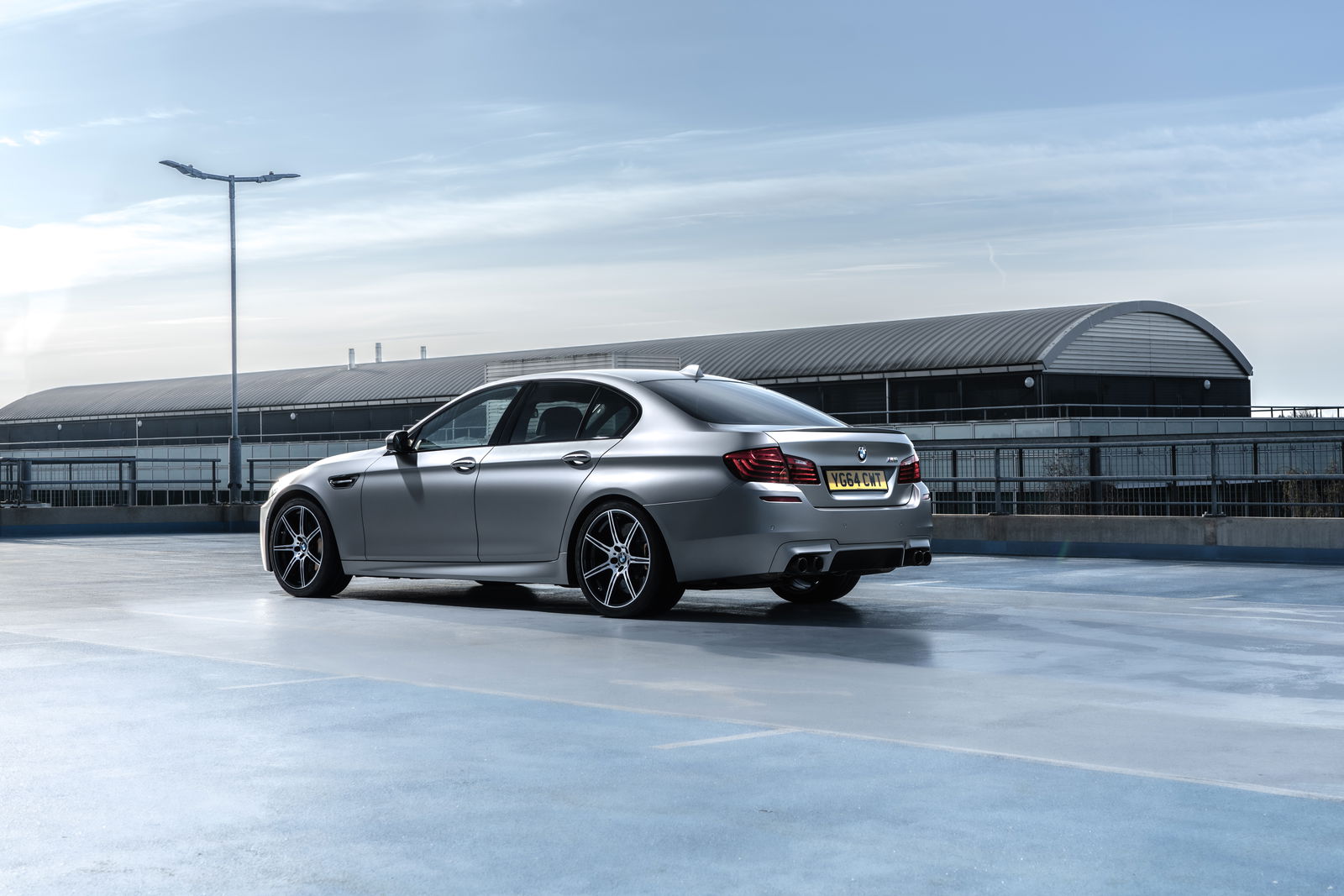
In 2015, to celebrate the M5's 30th birthday, BMW brought out the 30 Jahre edition (German for 30 years), limited to 300 cars worldwide, of which 30 came to the UK. All were painted in metallic Frozen Dark Silver and had the Competition’s suspension tweaks, but most importantly, the 30 Jahre had its power hiked further to 591bhp. This made it the first M5 to drop below the four-second mark in the 0-62 sprint - 3.9, to be precise.
The F10 was retired in 2017 after around 20,000 had been built. Despite being built in similar numbers to the E60, there are far more F10s still around thanks to its younger age and more robust build. As with the last few generations, the second-hand entry point for a basic car is around £15k. Nice low-mileage Competitions hover between £30k and £35k. If you manage to track down a 30 Jahre edition, you’re looking at between £30k and £40k, mileage-dependent.
F90
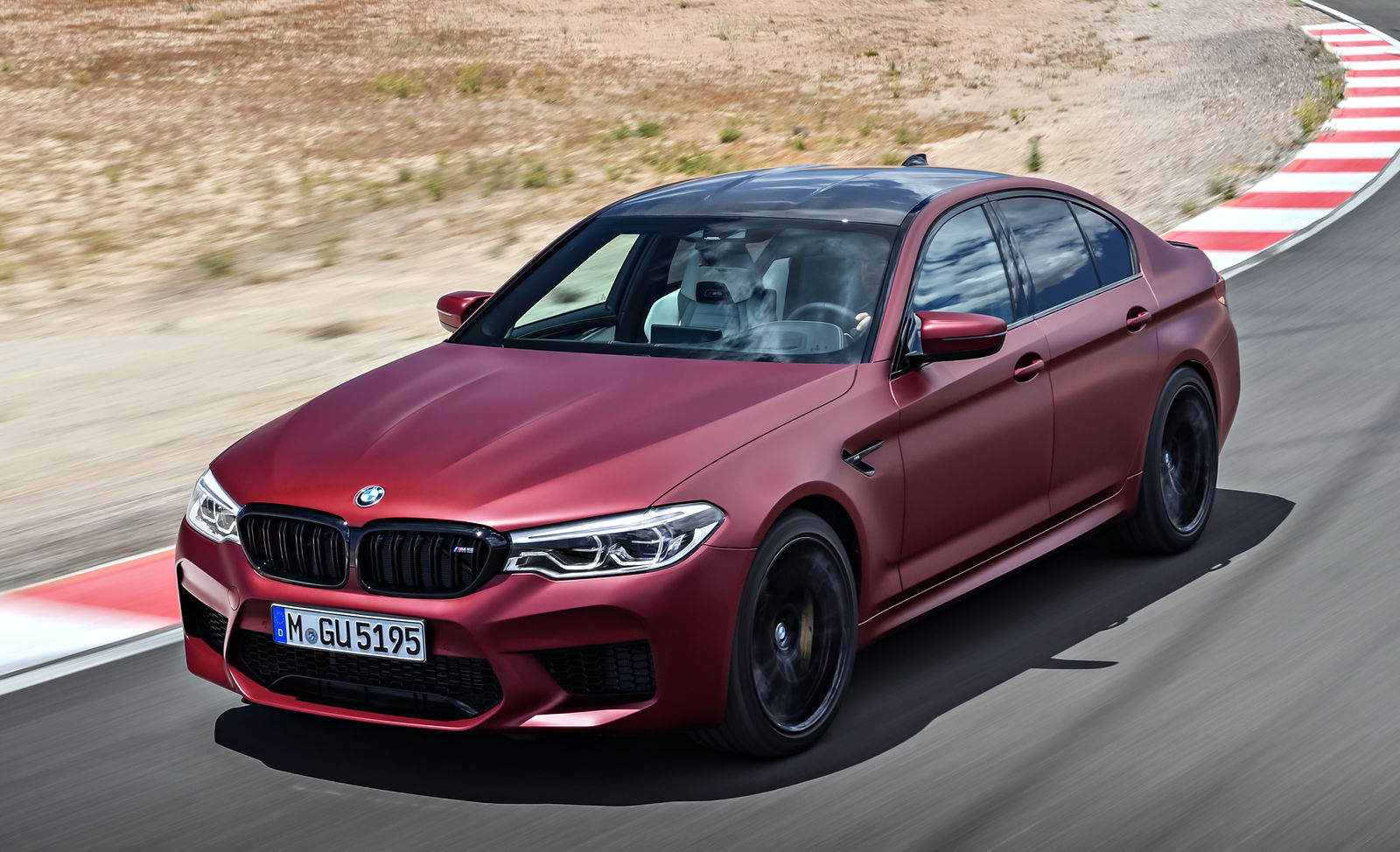
Introduced in 2017, the most recent M5 was based on the G30 5 Series saloon, but carried its own BMW chassis code - F90. It carried over the F10’s S63 twin-turbo V8, but more big changes were afoot elsewhere: the gearbox was now an eight-speed torque converter auto, representing the fourth different type of transmission in as many generations. Even more significantly, it was four-wheel drive, and four-wheel drive only. The rear-drive M5 was a thing of the past, although it was still a very rear-biased system.
At launch, the F90 was available in two specs: the base model had 591bhp and got to 62mph in 3.4 seconds, while the Competition upped power to 616bhp and knocked the 0-62 time down to 3.3 seconds. Again, the top speed of 155mph could be raised to 190, through either an M Pro Pack, which just removed the limiter, or the M Driver’s Pack, which also threw in carbon ceramic brakes and a few other goodies. In 2020, BMW deleted the base car from the UK range, leaving the Competition as the entry point.
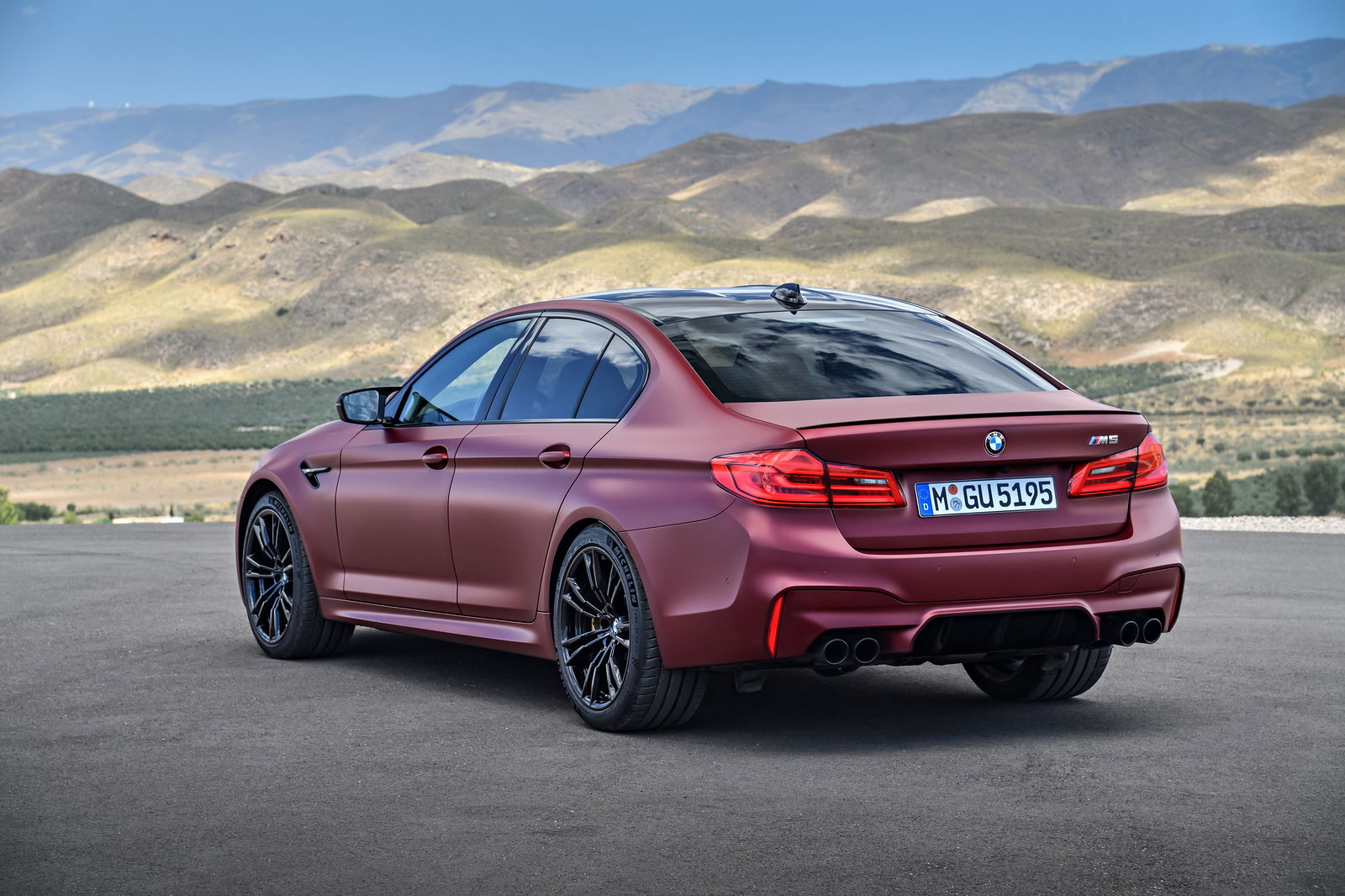
A couple of special editions followed the launch, which were really just different paint jobs: 400 First Editions were produced in 2018, based on the standard car and finished in Frozen Dark Red. Then, 2019 saw 350 Competition-based 35 Jahre editions, painted Frozen Dark Grey.
The undeniable peak of the F90 generation, however, came in 2021 with the introduction of the CS. Those two little letters are reserved for some of the most focused M cars of all, and this was the first time they’d found a home on the M5. The CS saw power upped to 626bhp and had a host of carbon fibre parts that dropped weight by 70kg over the Competition. It came with beefed-up engine mounts and ceramic brakes as standard, and on the inside, even the rear seats were a pair of body-hugging two-piece buckets. It was visually distinguished with a 7mm drop in ride height, lots of bronze details and those fantastic yellow daytime running lights. The power hike and weight loss meant the CS would hit 62mph in three seconds flat. In production for less than a year and with around 1,000 built, the CS is definitely the most focused, and arguably the most desirable, M5 yet.
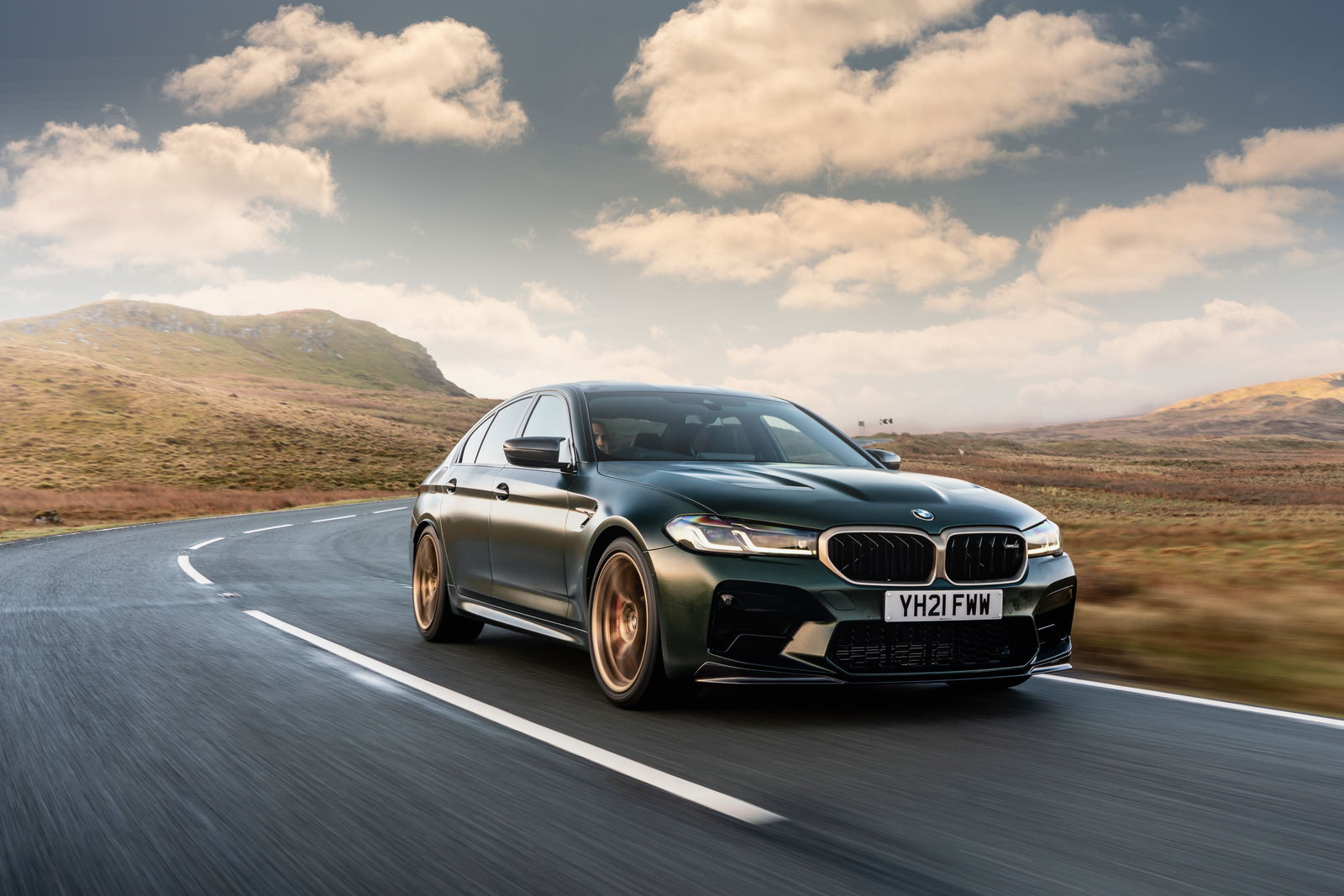
The F90 went out of production in 2023, but you can still find the odd almost-new ex-demo for around £80k. Like the F10, there’s a huge amount more second-hand choice than earlier M5s, so you should be able to find one for any budget from around £38k upwards, and this is likely to steadily drop as time goes on. It’s a different story if you want the phenomenal CS - fewer than 100 came to the UK and if you track one down, you’ll have to part with £100k at the very least.
G90
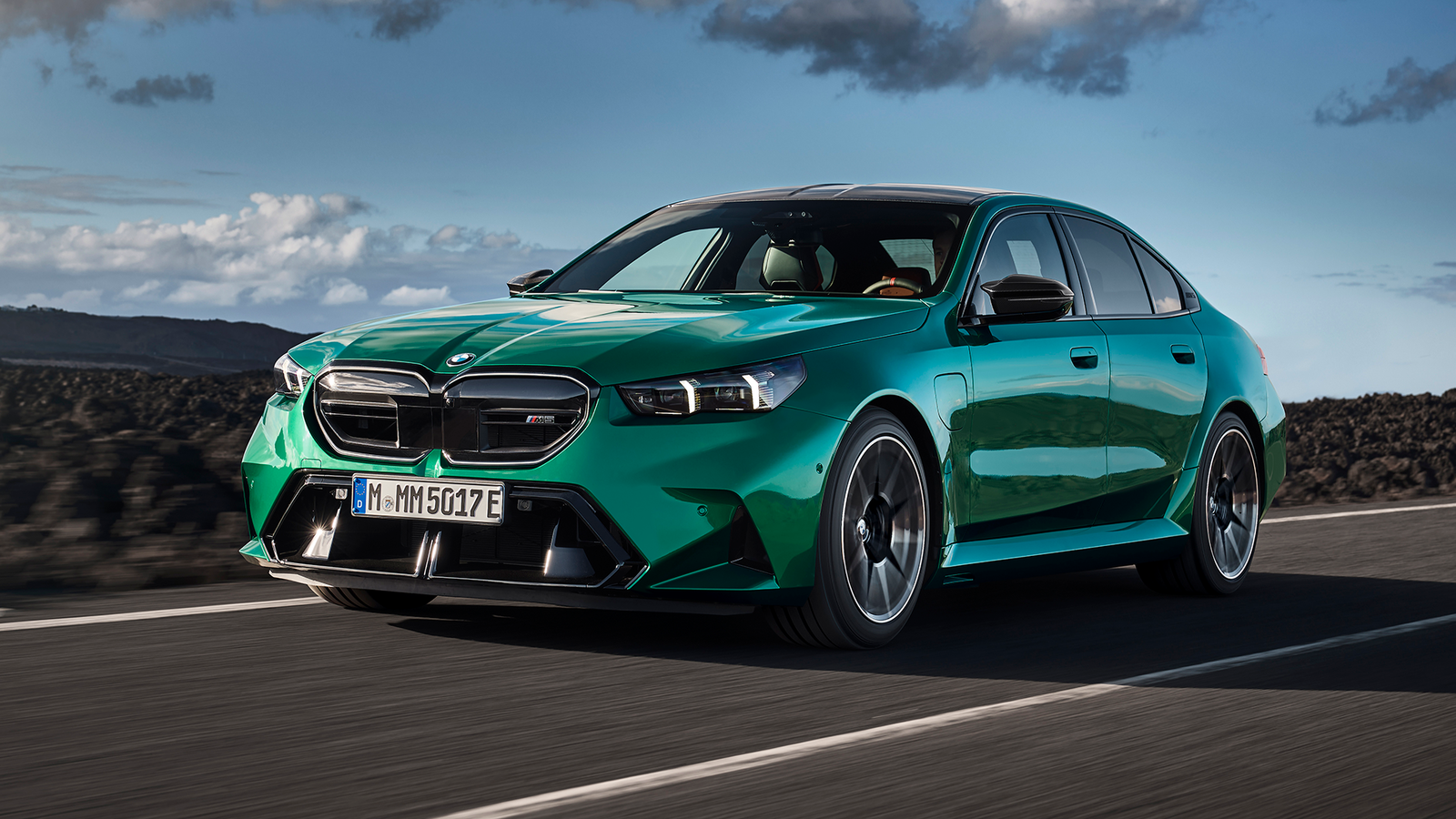
The seventh generation M5, codenamed G90, arrived in mid-2024, and there’s rather a lot to unpack with it. The engine is still a 4.4-litre twin-turbo V8, but it’s the almost all-new S68 unit. More significantly, though, it’s part of a hybrid system for the first time.
The combustion engine alone delivers 578bhp, but when working in tandem with the electric motor, the system delivers a peak output of 717bhp and 738lb ft of torque, making it comfortably the most powerful M5 of all time. Albeit, it’s also comfortably the heaviest – between the hybrid gubbins and various other things, it weighs in at some 2.4 tonnes.
It’ll nevertheless hit 62mph in 3.5 seconds, and a top speed of – you guessed it – 155mph, although the usual M Driver’s Package raises this to 189mph. It’ll also do a quoted 33 miles on electricity alone, although these official numbers are always optimistic. It’s four-wheel drive as standard, but can send all of its power to the rears for some old-fashioned oversteering M5 silliness.
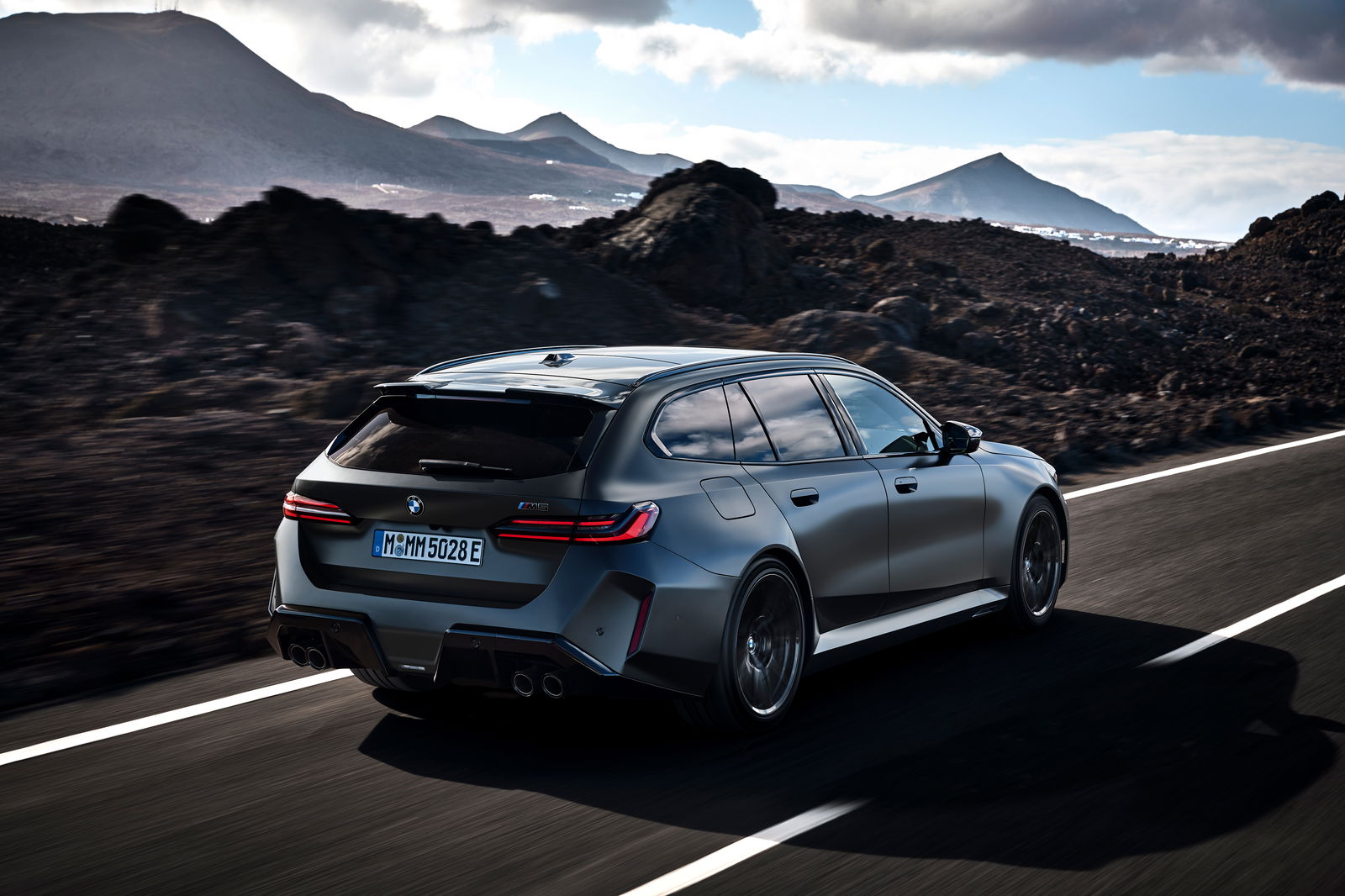
We got behind the wheel of the new M5 early in 2025, and came away quite impressed with it objectively, although we felt it didn't feel like a BMW M5 should. Oh, and don't forget there's a Touring coming...
What’s next?
Will the G90 be the final M5 with a combustion engine? At this point, we have no idea. Unlike some manufacturers, BMW never announced a firm date for a full transition to EVs, and at any rate, a number of companies are beginning to row back on those commitments as EV demand falters.
On the other hand, we know fully-electric M cars are on their way in some form, and the new 5 Series already has a full EV version, the i5. In top M60 spec, that car’s 0-62 time is an M5-baiting 3.8 seconds. What’s almost certain is that there won’t be another M5 that’s not electrified in some way, but we’ll have a good few years of a V8 hybrid version before we know what the future holds for this legendary name.
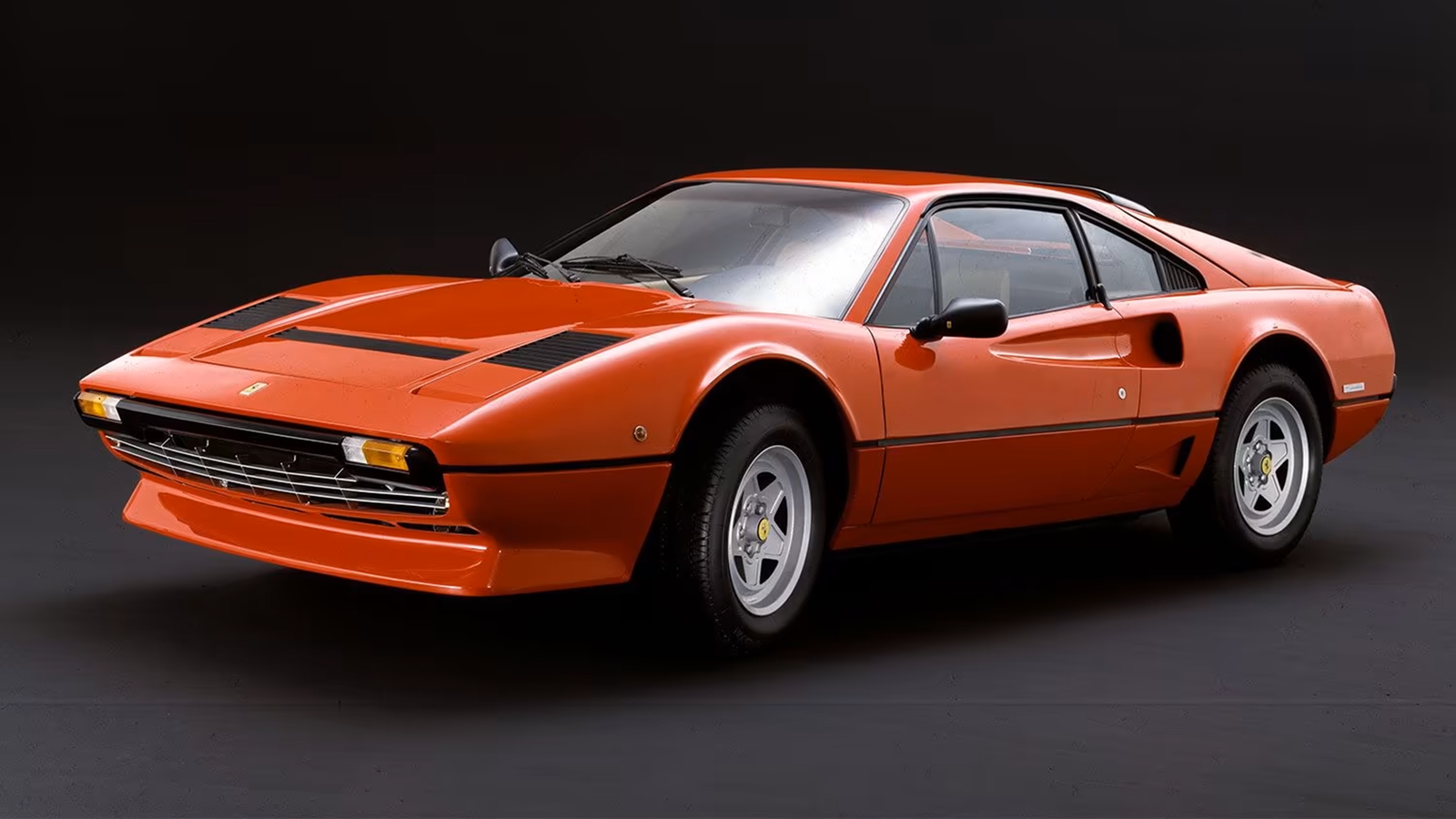


Comments